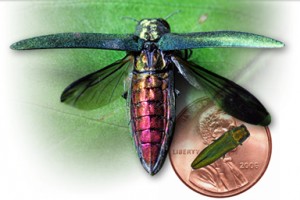
The emerald ash borer, Agrilus planipennis, is a green beetle native to Asia. In North America the emerald ash borer is an invasive species, highly destructive to ash trees in its introduced range
Chestnuts roasting on an open fire. Stately New Haven boulevards lined with Elms. These images were familiar in the early 1900s, but for us they are merely lines in a song and an obsolete name: “Elm City.” Both the Chestnut and Elm trees were ravaged by invasive pests, leaving a hole in our landscape and popular culture. (The elm tree can still be found in our landscape, but it is estimated that only 1 in 100,000 elm trees are resistant to Dutch Elm Disease.)
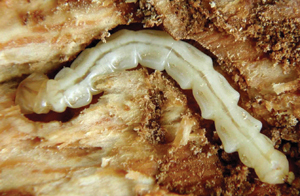
The Emerald Ash Borer larva.
Unfortunately, another towering species, the White Ash Tree, is about to join this list.
When I think of the White Ash tree, it is actually the crack of a ball hitting a bat that comes to mind. The ash tree is most famous for being the best wood for baseball bats because its wood is tough and lightweight. The ash tree is one of the most prevalent trees in our Connecticut forest, dotting our country roads and filling our wooded lots.
We are on the verge of losing this tree to another foreign invader. In 2012, the Emerald Ash Borer was detected in Connecticut for the first time. For years this insect has been migrating toward us from the Midwest, leaving dead ash trees in its wake. Quarantines have been set up in New Haven County to restrict the movement of firewood in hopes of controlling the spread of this insect, but it appears unlikely that this green monster can be contained. We are about to witness another species of tree, important to the American woodland, reduced to near extinction.
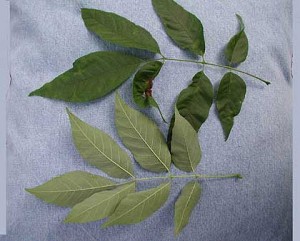
The White Ash: one leaf with seven leaflets.
If you have an important ash tree on your property, there are treatments that can keep your tree alive. Systemic insecticides can be injected into the tree and kill the borer before it does damage to the cambium. But for the unprotected ash trees in the forest, their days are numbered.
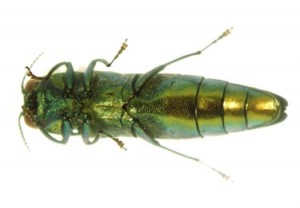
Adult Emerald Ash Borer: ventral view
HISTORIC TREE PLAGUES
The American Chestnut was one of the most important forest trees in the early part of our country’s history with a range stretching from Maine to Mississippi. A handsome, rapidly growing species, it was an important hardwood timber tree as well as providing food for wildlife in the form of, as the name would suggest, nuts. In fact, as early settlers cleared the forest for farmland they often would leave large chestnut trees standing to provide nourishment for livestock and cold winter roasting. However, in the early 1900s, a bark fungus imported from Asia began killing the chestnut trees. It was first detected in 1904 at the Bronx Zoo. Within decades the disease would wipe out the Chestnut population, killing over 3 billion trees and rendering the species virtually extinct.
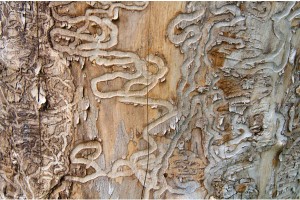
Tree-killing damage: S-shaped tunnels beneath bark.
The stately American Elm Tree, with its massive mature trunk and vase-shaped canopy, once lined most of the main streets in villages and cities in the Northeast. Its branches stretched high, shading the hot streets and giving the image of natural columns and arches to the pedestrians below. But this tree was doomed as well. Dutch Elm Disease, spread by the elm leaf beetle, ravaged the American Elm, causing catastrophic die-offs in cities across its growing range. First detected in the US in 1928, it is believed to have been imported in a shipment of logs from the Netherlands. It slowly spread across New England and the Midwest, completely destroying the famous elms of “Elm City,” New Haven, Connecticut.
For answers to gardening questions, contact me via email: sean@reddingnursery.com
© 2013 Redding Nursery,all rights reserved.

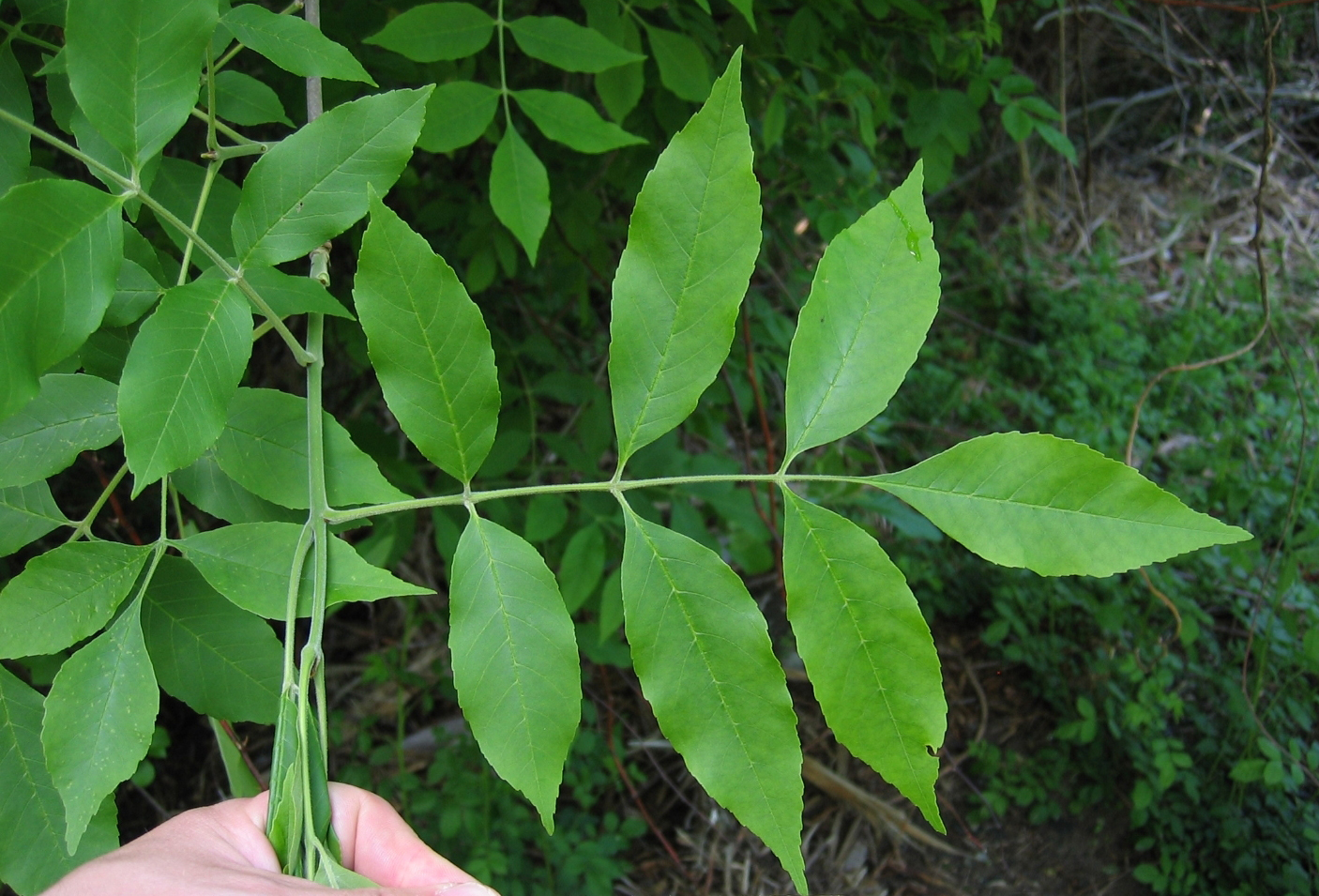
Recent Comments